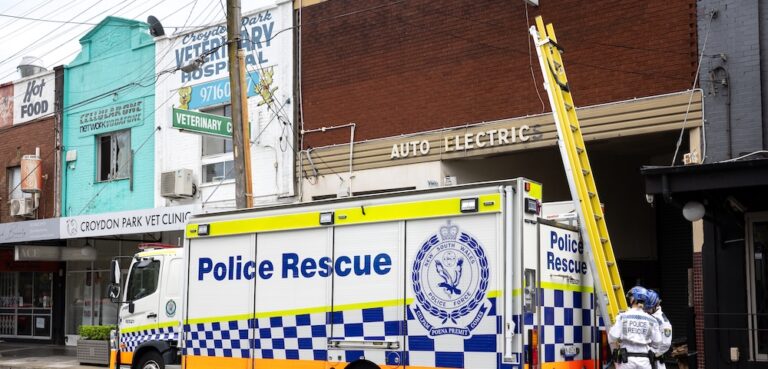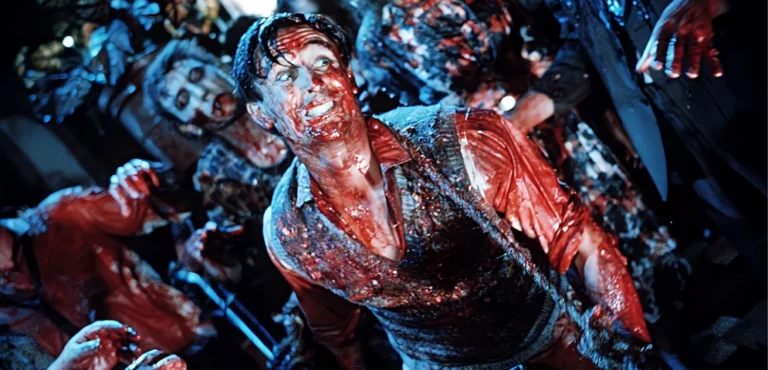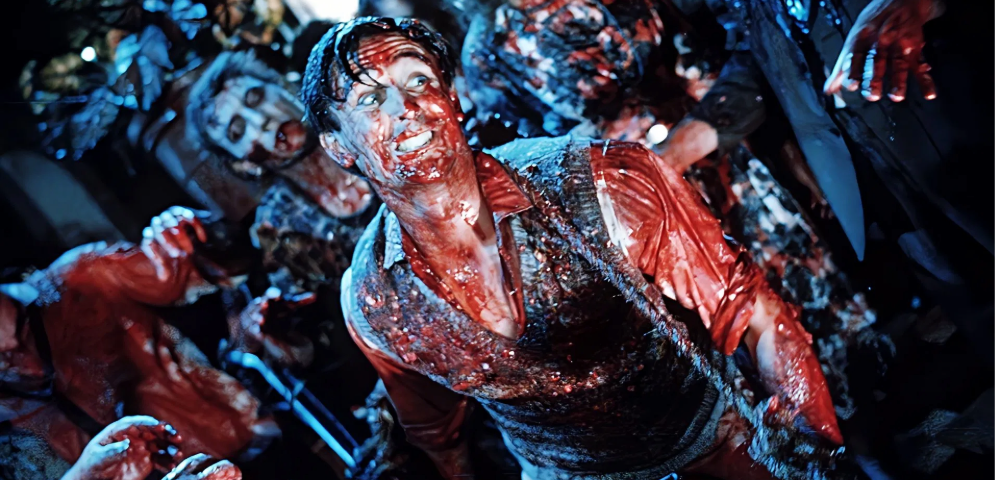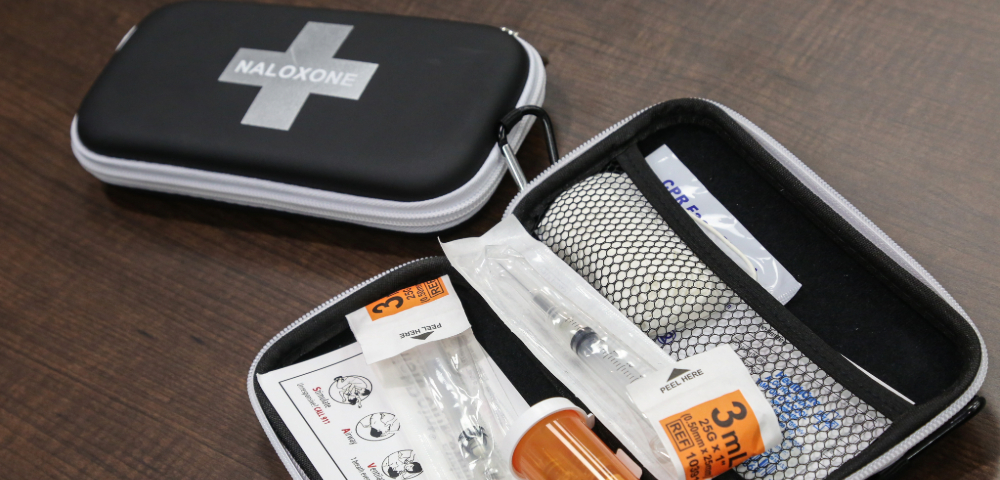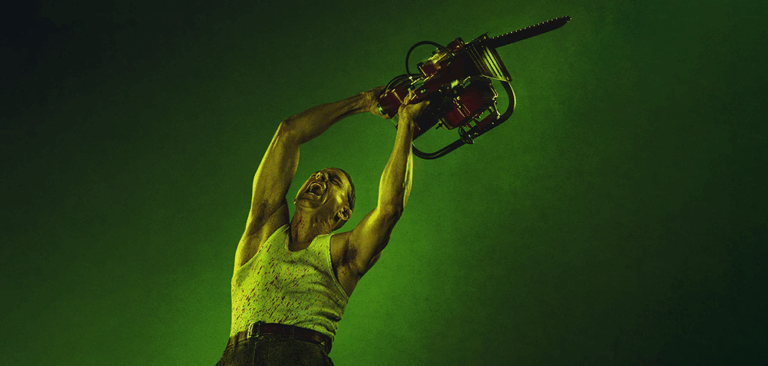
Green Bans Turn Fifty
Opinion by WENDY BACON
Fifty years ago last week, two NSW unions took a bold step. At the request of thirteen Hunters Hill women, they agreed to impose a construction black ban (later renamed a green ban) on a small piece of bushland at the junction of the Lane Cove and Parramatta Rivers in Sydney Harbour.
This small event sparked a unique movement that transformed urban politics in NSW for a period of several years and influenced generations of activists around heritage, planning and social issues.
The Green Bans legacy is a powerful one. As I write, residents and Sydney construction workers have mobilised overnight to defend a recent Green Ban imposed by the CFMMEU union on Willow Grove, a rare example of heritage Italianate architecture in Parramatta. The Berejiklian government, which originally wanted to demolish the building but now claims it will move it to another site, has quietly moved non-union contractors onto the site after the NSW Land and Environment Court ruled against the North Parramatta Residents Action Group’s legal bid to save the building. I will return to this latest Green Ban, but firstly back to Kellys Bush.
Today, if you catch a ferry from Circular Quay to Hunters Hill, you can walk along the southern shore until you come to Kellys Bush. There you will find a faded photograph plaque of NSW Builders Labourers’ Federation leader and environmentalist Jack Mundey with the ‘Battlers for Kellys Bush’. This commemorates the handing over of the land to Hunters Hill Council by the LNP government in the early 1990s, more than twenty years after it was protected by the first Green Ban.
Although much has changed in half a century, in some respects those days were similar to our own. In 1971, Sydney was in the midst of a property and construction boom. Any site that property developers and the road building lobby could get their hands on was up for grabs. This included a huge swathe of inner Sydney from Kings Cross to Redfern, Glebe and The Rocks.
In the middle-class suburb of Hunters Hill, developer AV Jennings planned to build high rise apartments on the Kellys Bushland. But a strong community campaign led it to offer a compromise plan – an estate of large low-rise homes. But the Battlers wanted to preserve the land for its continued use as a favourite community spot for fishing and bushwalking.
Liberal Premier Bob Askin initially appeared to be onside. His government faced an election in 1971 that Labor was expected to win. Two days before the election, the Battlers received a telegram from Askin stating that he was “hopeful of a helpful decision on your problem and will advise within 24 hours.”
Askin scraped home. In June 1971, he informed the Battlers that the Minister for Local Government and Roads Pat Morton, who for many years was a part-time businessman as well as a politician, was about to rezone the land as residential.was about to rezone the land as residential. It was later alleged in parliament that the rezoning created a $400,000 benefit for a mate.
Labor, which had promised to save the land if it came to power, recommended that the Battlers contact the unions. Initially, the women got in touch with the union that covered the drivers of heavy equipment (FEDFA). They agreed not to work but suggested that the Battlers contact the BLF. After visiting the site, the BLF agreed to impose a ban.
Media hostility
To understand what this meant at the time, you need to know that the mainstream media demonised the Communist Party of Australia-led BLF, whose members marched to court to support arrested organisers and had even thrown an inadequate work shed into an excavation site during a safety campaign. Their politics were underpinned by a belief in workers’ rights and the social responsibility of labour to support community rights to housing, heritage, and a healthy environment. After successful campaigns to improve their own poor conditions, the union had turned their attention to broader action.
NSW President Bob Pringle sent a telegram to the Battlers. It read: “This union believes that social and environmental issues are matters that should be of concern to all citizens. For this reason, we wish you well in your campaign and further resolve that 1) we will not build on the land known as Kellys Bush and 2) on request from the committee we are prepared to initiate industrial action including interstate industrial action on major projects being constructed by the phoney conservationists and Jennings.”
At one stage, AV Jennings threatened to push ahead using non-union labour, but the BLF announced that work would immediately stop on an office block in North Sydney, leaving it as a monument to Kellys Bush. From then on, AV Jennings respected the ban. It was this threat of wider boycotts on construction that gave the Green Bans power.
Among many heritage sites, the Congregational Church in Pitt Street was saved, as were buildings in Martin Place and Macquarie Street and some giant figs in the Botanical Gardens that were to be destroyed for an Opera House car park. The BLF would only impose bans that were supported by a strong community campaign. With little legislative protection in place, the BLF formed an alliance with the National Trust.
By 1973, hundreds of residents had already been evicted to make way for high-rise developments and the Eastern expressway in Darlinghurst, Woolloomooloo, and the Western distributor in Ultimo. The BLF saved most of what was left by blanket-banning these suburbs, along with Victoria Street in Kings Cross. Later, the union also protected Centennial Park and bushland in Sydney’s Western Suburbs. Bans were also placed at University of Sydney in support of a women’s studies strike, at Macquarie University in support of gay rights and in Chippendale to support permanent housing for the large number of First Nations people who then lived in the area.
Reflecting on the Bans
Looking back fifty years, the period was intense but brief. Some of the property developers who were facing big losses were close mates of the Askin government. Conservative unions often failed to support the bans. For instance, Australian Workers’ Union labour was used to demolish buildings in Ultimo to make way for an expressway. Their actions led to the ‘Battle of Fig Street’ during which anti- expressway activists occupied roofs and were arrested. Today, the site is marked by a park. When a Labor government led by Neville Wran was elected in 1976, it stopped the expressway project.
In September 1973, there was also an attempt to use ‘scab’ labour to break the ban in Sydney’s Rocks area. Builders Labourers and residents from the Rocks and all other areas gathered to occupy the building. Scores of us, including Jack Mundey, were arrested that day. I remember being struck by the staunchness of much older women who would never have imagined ending up in a police cell to defend the actions of a ‘Communist union’. But they unflinchingly stood with the union that had given them a chance to save their working-class neighbourhoods. Further demolition was stopped.
The stakes were high, and pressure was inexorably building on the union. By 1975, $3 billion worth of property development was on hold. Internal factional battles within the Federal union were coming to a head. Ultimately, the NSW Branch leadership was eliminated by a combined intervention by the union’s Federal branch backed by the NSW Master Builders and NSW police.
Green Bans’ legacy
The Green Bans saved parts of Sydney that would have otherwise been destroyed. But the movement was about more than saving the physical environment. It also reflected a broader set of ideas that inspired alliances between resident action groups and progressive planners and architects. Their vision was to put communities at the heart of planning. Surry Hills, for example, had its own People’s Plan that encompassed architecture, health, and education. Woolloomooloo residents joined with the People’s architect Col James to create a physical model of a fresh plan for their partly preserved and partly newly built suburb.
Several years after the Wran Government was elected in 1976, the Heritage Act and NSW Planning Act were passed. Finally there were laws in place that legislated for both communities and independent expertise to have a role in decisions. But no sooner were new laws in place than the Labor government itself began to undermine them.
Ex-Minister in the Whitlam government Jim McClelland was appointed the judge of the new NSW Land and Environment Court. But he fell out with the Wran Government and later bitterly complained that decisions on some key sites were being removed from the oversight of the court. While I was working as a reporter for the National Times in 1984, McClelland told me that corrupt deals were behind key ministerial decisions. Mundey was elected to the City of Sydney Council and also wrote of secret deals and ministers doing deals with developers.
Meanwhile, union rights to organise on workplaces were constantly under attack at a Federal level. It became more and more difficult for unions to exercise what they believed was a right to withdraw their labour.
The pressure to push lower-income residents out of inner Sydney never stopped. To provide some secure housing, the Labor government built the concrete Sirius building, now regarded by some as a fine example of brutalist architecture, in a prime position in the Rocks. At the time, this was seen as consistent with the Rocks’ People Plan and a flow-on from the Green Ban period that was imposed to allow the Plan to be implemented.
Looking to future developments
By 2011, the NSW planning system was ‘on the nose’ with communities, who watched in dismay as Ministerial discretion was repeatedly used to approve favoured projects. The incoming LNP government promised to put the community back into the planning process but then proceeded to do just the opposite. The processes that were undermining the gains of the 1970s accelerated. The property developers and the road lobby reasserted their old control.
One of the first targets was the Rocks where the potential for profits from land sales meant that LNP politicians simply did not see it as a place where lower income residents should live. A campaign that included a Green Ban promise succeeded in saving the Sirius building from actual demolition but eventually the NSW government emptied it of residents. Mundey referred to this as a process of “erasing social history”. Sirius was sold to private developers who in turn are now selling apartments with infinity pools for up to $35 million each. Meanwhile the lack of affordable housing in Sydney presents an even greater crisis than it did in 1971.
We have become used to the rhetoric of community consultation being used to justify hidden decisions that precede any public planning process. There is no better example of this than Australia’s biggest infrastructure project, the WestConnex system of private roads. With a stroke of the pen by Minister Rob Stokes, WestConnex and other major projects have been declared ‘critical infrastructure’ against which no ‘merit appeals’ can be launched. Hundreds of homes, many of them heritage ones, were demolished. Thousands of hours were spent on submissions, including by independent experts, that were disregarded. When conditions are breached, there is no accountability.
It should not be forgotten that militant builders labourers organisers paid a price for the Green Bans: for years they lost their right to work in the NSW industry. Green Ban supporter and Kings Cross newspaper owner Juanita Nielsen who used her newspaper NOW to campaign for Green Bans was murdered in 1975 by organised crime interests linked with development in Victoria Street. Only this week, the NSW Police, who at the time helped cover-up the crime, have offered a one-million-dollar reward for anyone who identifies her killers.
However, unionists who impose Green Bans also potentially face a heavy price today. Many of those who celebrate the green bans do not realise that the actions the BLF took in the 1970s would today lead to massive fines, and even imprisonment. Today, the heavily armed riot squad has been frequently called out against residents and others who peacefully protest.
There are not too many of us left who were closely involved in the 1970s Green Ban period. Those momentous events shaped our lives and the places where they occurred will always evoke memories. Our job is to add to the documentation that already exists of those events so that they become part of our shared public tradition.
Despite the losses and threats to our city over the years, the resident action movement remains strong in NSW and Green Bans can still provide a way for unions to join with residents in resisting destructive developments. The CFMMEU was part of the successful campaign to save Bondi Pavilion. It was one of the last campaigns of the union’s veteran member Jack Mundey who died last year.
Today, the CFMMEU is not alone at Willowgrove. Teachers, waterside workers and museum workers are also supporting the ban. Last night, some kept watch outside the site on a very cold night and by 5.30 am this morning, 150 residents and unionists had blocked the entrances. Later, the North Parramatta Residents’ Action Group barrister headed for the NSW Supreme Court to appeal against last week’s decision. An injunction against anyone entering the site has been granted until the appeal is heard next Friday. The choice, resident activists say, should not be heritage versus a new museum but a plan that incorporates both. Their struggle, like the building itself, draws on a rich heritage.
Wendy Bacon was a member of the Victoria Street Resident Action Group and worked with the union in 1974. In 2021, she is Newtown Woman of the Year. You can find links to more resources on the Green Bans on her blog at wendybacon.com


